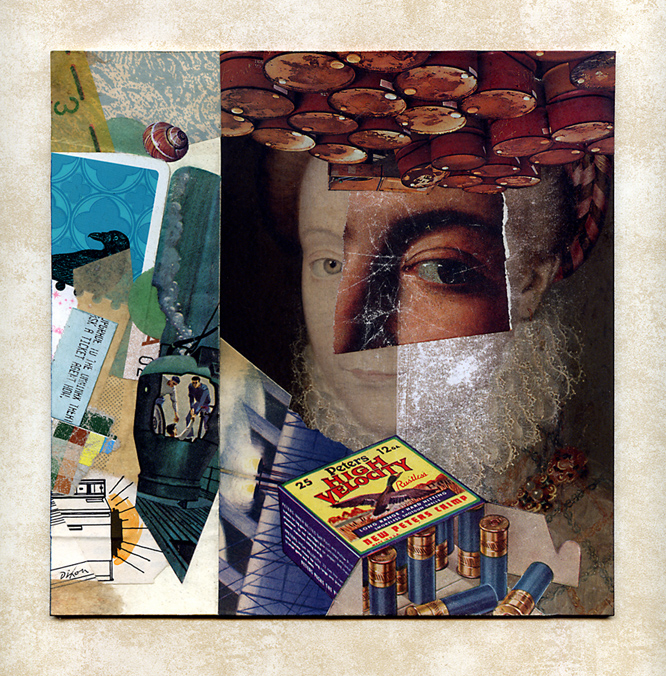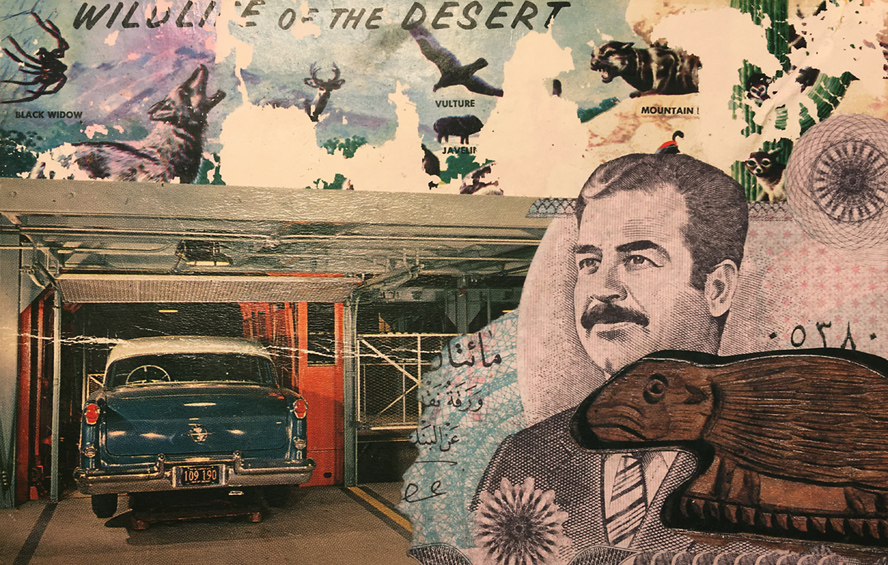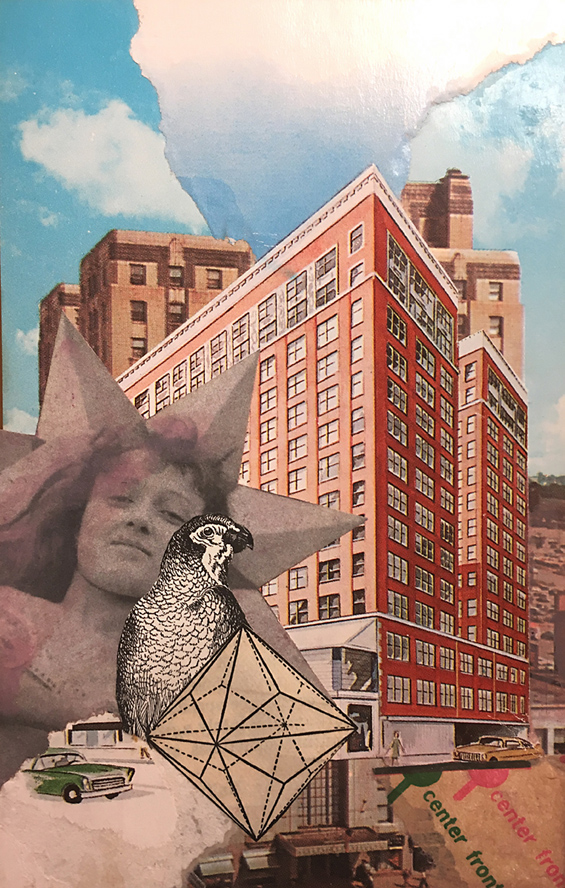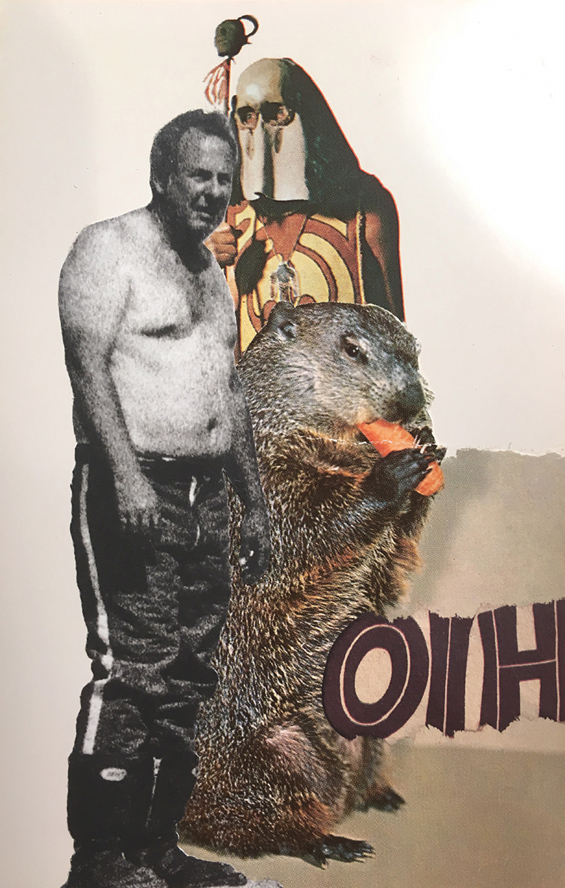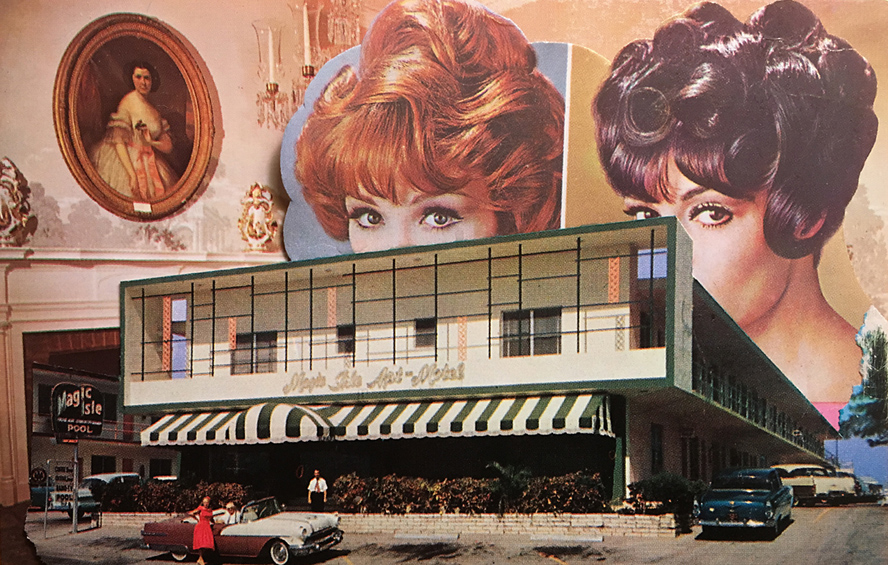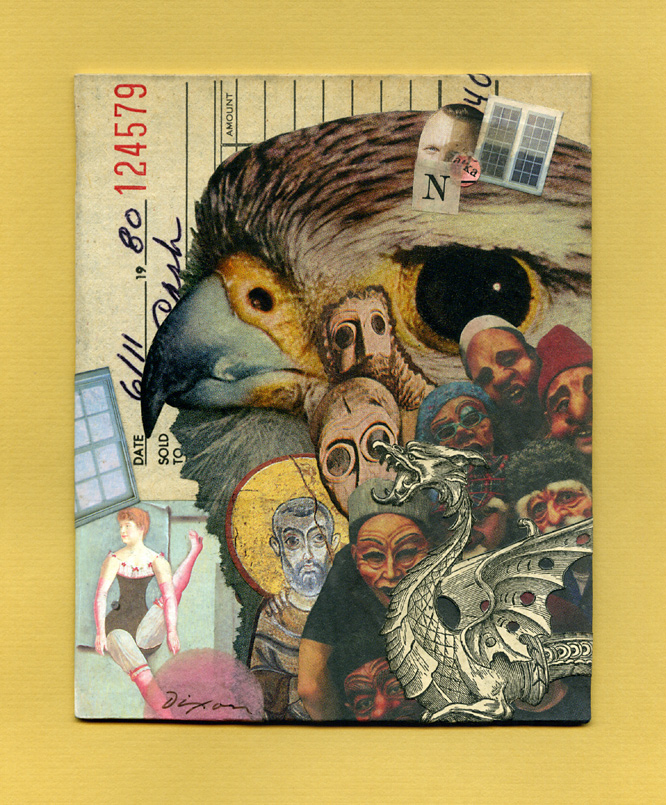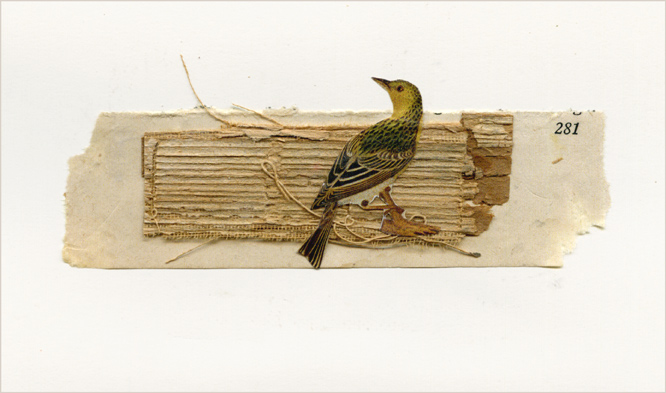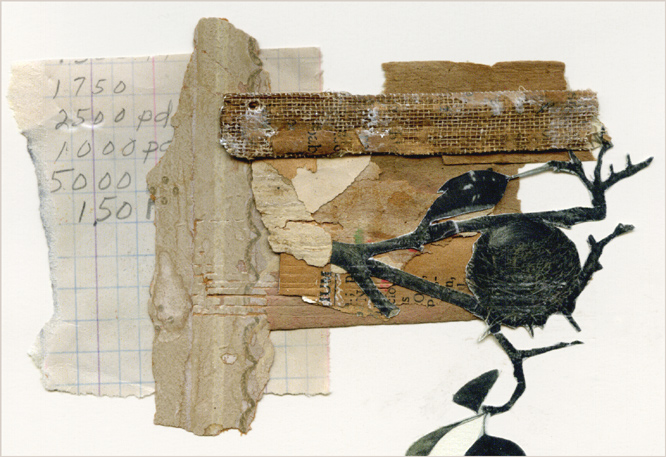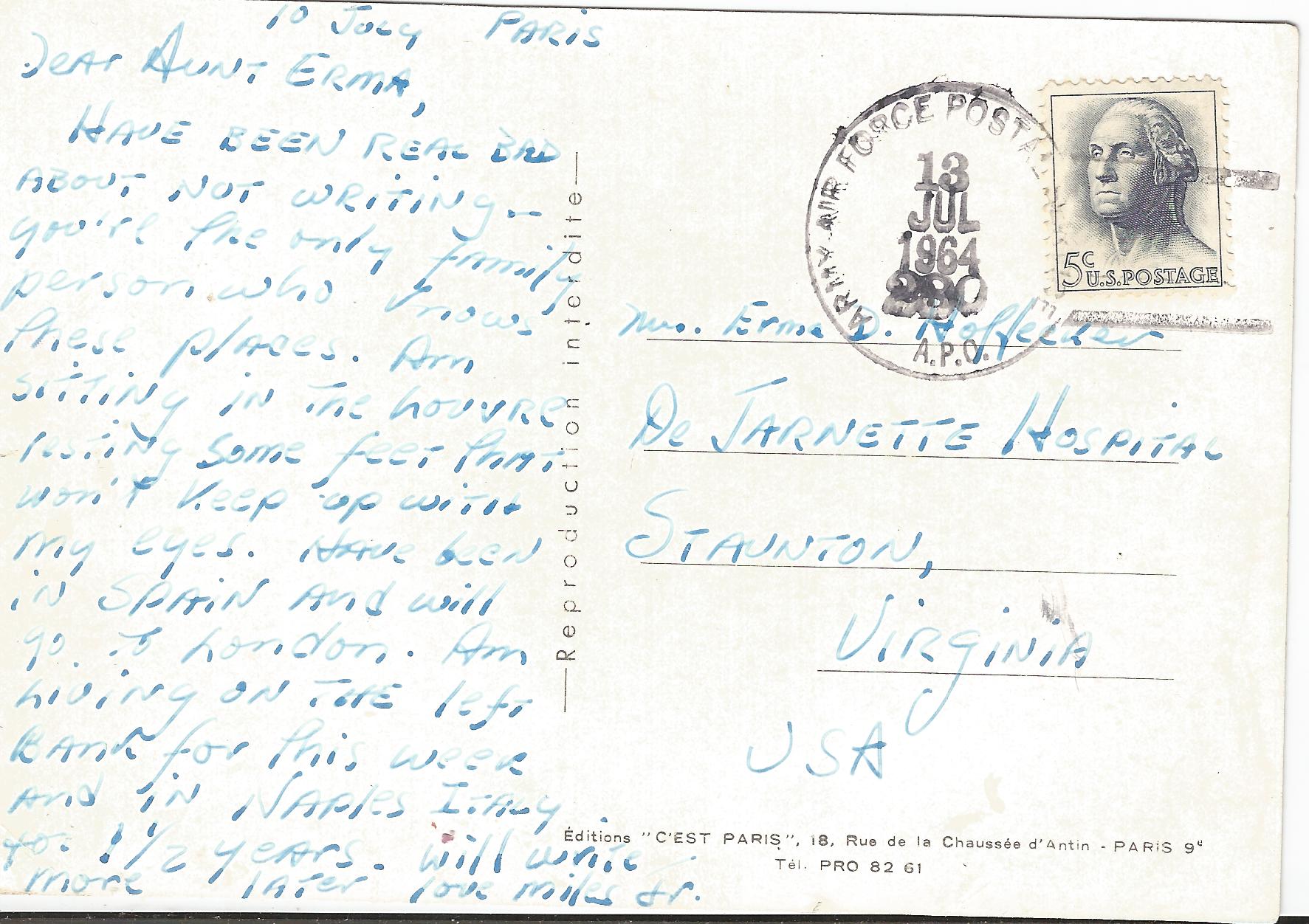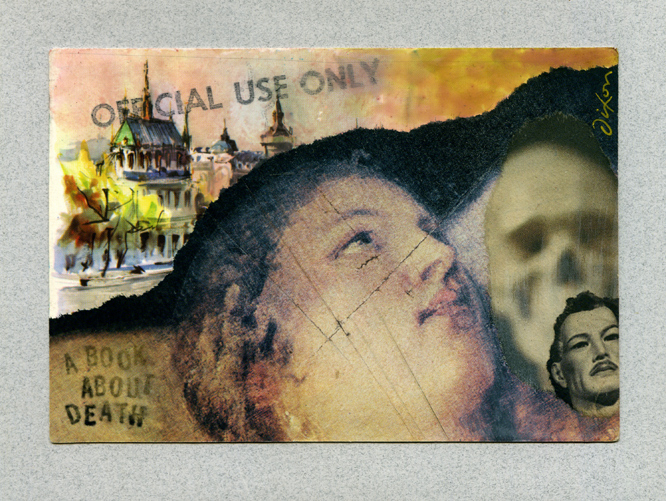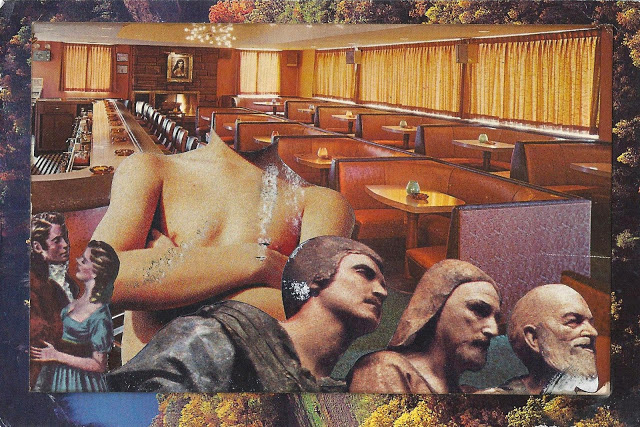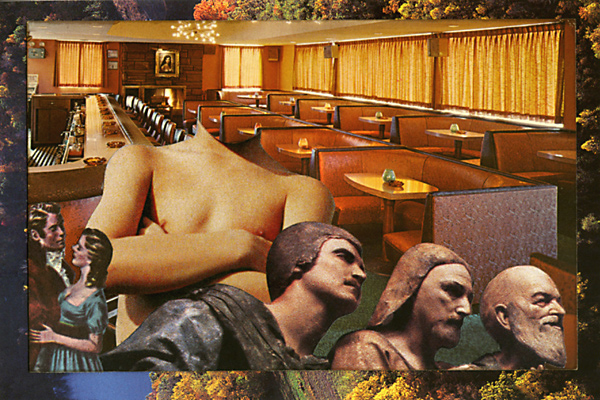“Find out what you want to do and spend the rest of your life getting better at it.”
— Jeff Daniels
Februllage, the month-long, international collage-a-day initiative playing out for a second year in a row, has been thought provoking for me on multiple levels. The remarkable worldwide participation indicates how extensive the mobile-device-connected community of collage makers has become — and to what degree that phenomenon has been driven by social-media platforms like Instagram. There is every indication that the 2020 version will be even bigger than what took place a year ago.
It wasn’t that long ago (at about the time I made my first entry here at TCM) when nothing resembling what is occurring had taken place. Collage collectives certainly existed, and many interactive collaborations were under way, but the rapid penetration and sheer scale of Februllage was unknown, at least to this observer. 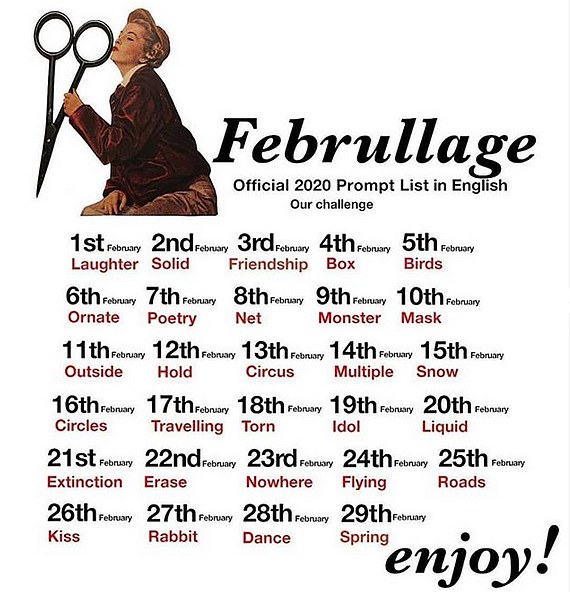 With no physical artifacts involved, such as mail art, altered books, or other “analog” joint ventures, this is a purely virtual activity, with no distinction being made between digital, conventional, or hybrid collage techniques.
With no physical artifacts involved, such as mail art, altered books, or other “analog” joint ventures, this is a purely virtual activity, with no distinction being made between digital, conventional, or hybrid collage techniques.
I must admit to you all that there have been moments when I’ve questioned whether or not the exercise is a gimmicky distraction, with participants chasing after approval and exposure. But my perspective shifts, and then I marvel at how unprecedented it is, at the magnitude of the cross-pollination, at the obvious artistic excitement being generated. It defines a new kind of 21st-century classroom studio, where everyone is looking at what others are doing at the surrounding drawing boards, and earnestly working to bring “A-Game” execution to the collective project. And, like an academic critique, the opinions of the self-appointed people at the front of the room can seem arbitrary at times, when they choose whom to highlight and whom to ignore. But let’s face it — that’s the way it’s always been in the art world, and it’s not realistic to think anything will change in the emerging age of social networks. A natural competitiveness is at the heart of any human activity, even when we come together in a spirit of shared purpose, personal growth, and trans-cultural camaraderie. And the most worthwhile and rewarding competition is the ongoing one we have with ourselves, as each of us makes a daily effort to be a better collage artist than we were last week, last month, or last year.
Here’s to all the strivers!
Confound Thy Stubborn Face
collage miniature by J A Dixon
7 x 7 inches
(prompt = ‘box’ and ‘birds’)
available for purchase
